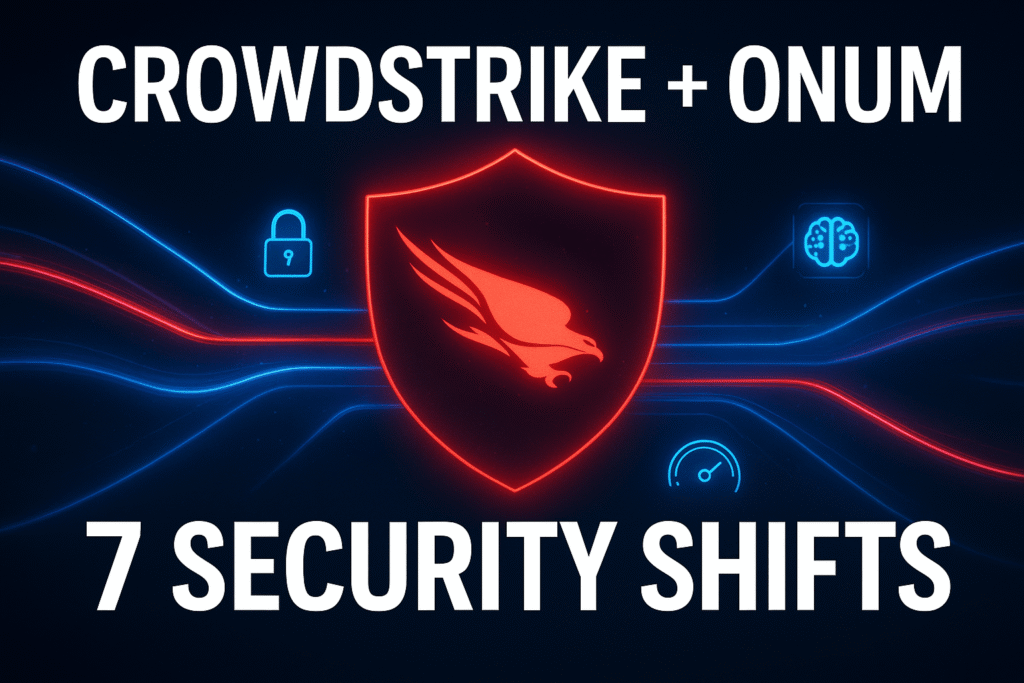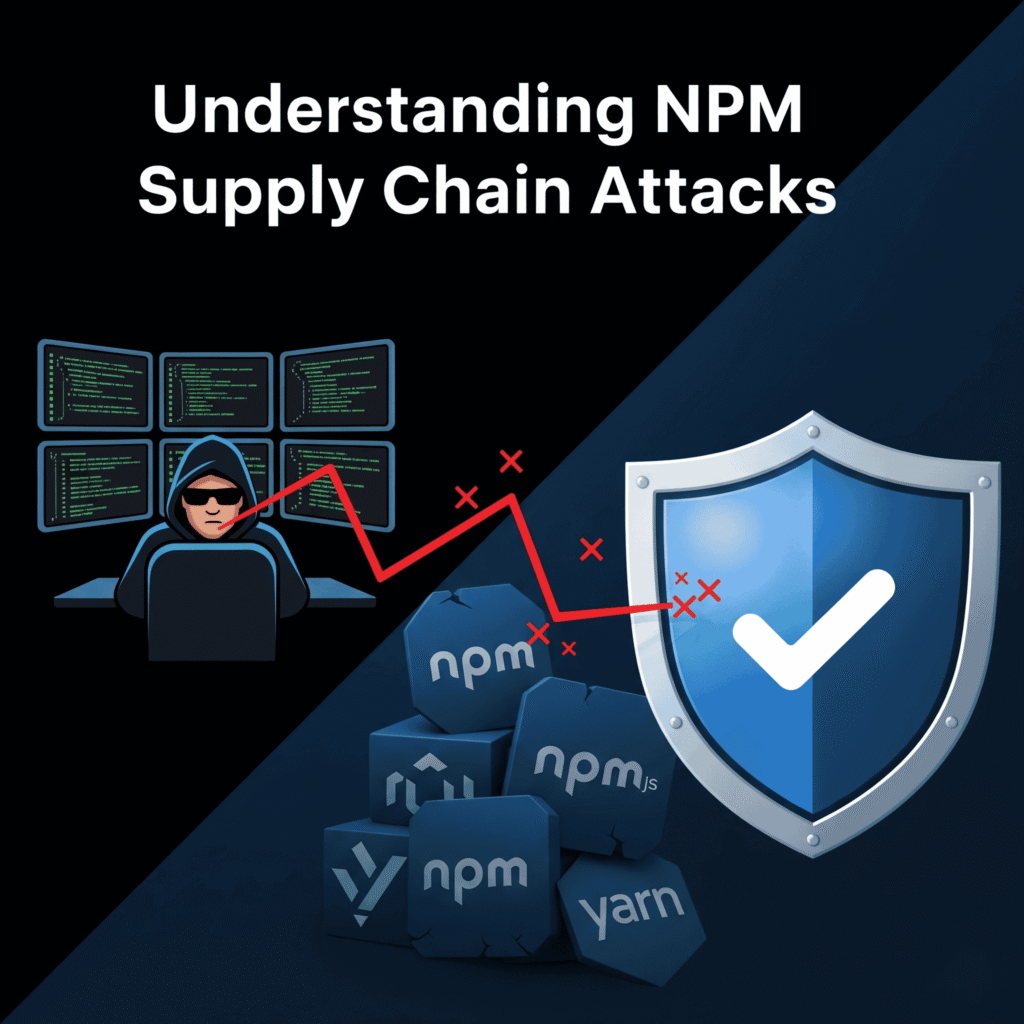When you searched for ‘cursor code editor vulnerability’ at 3 AM, you weren’t looking for theoretical security discussions—you needed urgent, actionable insights about protecting your development environment. Meet Sarah, a senior developer at a Fortune 500 company, who just discovered why Cursor’s AI-powered features became her biggest security nightmare in August 2025…
The Bottom Line: What 2025 Data Reveals About Cursor Code Editor Vulnerability
Recent security research has uncovered multiple critical vulnerabilities in Cursor, with CVE-2025-54135 scoring 8.6 on the CVSS scale and affecting over 1 million users including major companies like NVIDIA, Uber, and Adobe. The CurXecute and MCPoison vulnerabilities allow attackers to execute remote code with developer-level privileges through seemingly innocent repositories.
Sarah’s Two-Path Discovery: The 7 Critical Security Decisions
The Advantage Path: When Sarah implemented proper Cursor security protocols…
- Remote Code Execution Protection: She updated to Cursor version 1.3+ to prevent prompt-injection attacks that could execute code with developer privileges
- MCP Server Validation: She learned to verify MCP configuration files weren’t altered after initial approval, preventing malicious file swaps
- Repository Scanning: She discovered that malicious repositories could autorun code even during simple browsing, potentially leaking sensitive credentials
- Privilege Isolation: She configured Cursor to run with minimal system permissions, preventing escalation attacks
- AI Code Review: She implemented mandatory human verification for all AI-generated code before execution
- Environment Sandboxing: She isolated Cursor sessions in containerized environments to limit breach impact
- Real-time Monitoring: She deployed logging systems to detect suspicious file modifications and command executions
The Avoidance Path: When other developers ignored Cursor vulnerability warnings… They faced unauthorized code execution, data breaches, and service disruptions when attackers exploited silent code execution capabilities.
How Cursor Code Editor Vulnerability Actually Impacts Your World in 2025
The cursor vulnerability landscape has evolved dramatically. Security researchers identified that Cursor didn’t require user approval when creating sensitive MCP files, allowing remote attackers to modify configurations through indirect prompt injection. This creates a perfect storm where your most trusted AI assistant becomes an unwitting attack vector.
AI code generation security concerns have intensified. Recent testing of over 100 LLMs revealed that 45% of generated code samples failed security tests and introduced OWASP Top 10 vulnerabilities. When combined with Cursor’s execution privileges, this creates unprecedented risk exposure for development teams.
Your 7-Step Action Plan: Mastering Cursor Code Editor Vulnerability Protection

- Cursor Vulnerability Assessment: Immediately update to Cursor version 1.3.9 or later to patch CVE-2025-54135 and CVE-2025-54136
- MCP Server Configuration: Review all Model Context Protocol servers and verify their authenticity before approval
- Repository Security Scanning: Disable automatic task execution by setting task.allowAutomaticTasks: “off” and open unknown repositories in disposable containers
- Privilege Management: Implement least-privilege access for AI code editors and separate development environments
- Code Review Enhancement: Establish mandatory human review for all AI-generated code before deployment
- Security Monitoring: Deploy real-time monitoring for unusual file modifications and command executions
- Team Training: Educate developers about indirect prompt injection and social engineering through AI tools
Frequently Asked Questions About Cursor Code Editor Vulnerability
What is the CVE-2025-54135 cursor code editor vulnerability impact?
CVE-2025-54135 allows Cursor to write workspace files without user approval, enabling attackers to rewrite sensitive MCP configuration files and achieve remote code execution through external Model Control Protocol servers.
How does the MCPoison cursor vulnerability exploit work?
MCPoison exploits Cursor’s one-time approval system by allowing attackers to modify MCP configuration files after approval, binding trust to key names without verifying if underlying commands changed.
Can cursor repository attacks happen during simple browsing?
Yes, when users open malicious repositories in Cursor even for simple browsing, arbitrary code can run in their environment, potentially leaking credentials and serving as vectors for broader system compromise.
The Verdict: Why Cursor Code Editor Vulnerability Matters More in 2025
Sarah’s journey from vulnerable to secure represents every developer’s current reality. The integration of AI into development workflows has created new attack surfaces that traditional security measures don’t address. Cursor vulnerability protection isn’t just about patching software—it’s about reimagining how we secure AI-assisted development.
The stakes have never been higher. With over half of Fortune 500 companies using Cursor, a single compromise could cascade across entire enterprise ecosystems. Your vigilance today determines whether AI remains your development superpower or becomes your greatest security liability.
Essential Resource: For comprehensive security guidance, check out Tenable’s detailed Cursor vulnerability analysis
To read more news about cybersecurity click here




